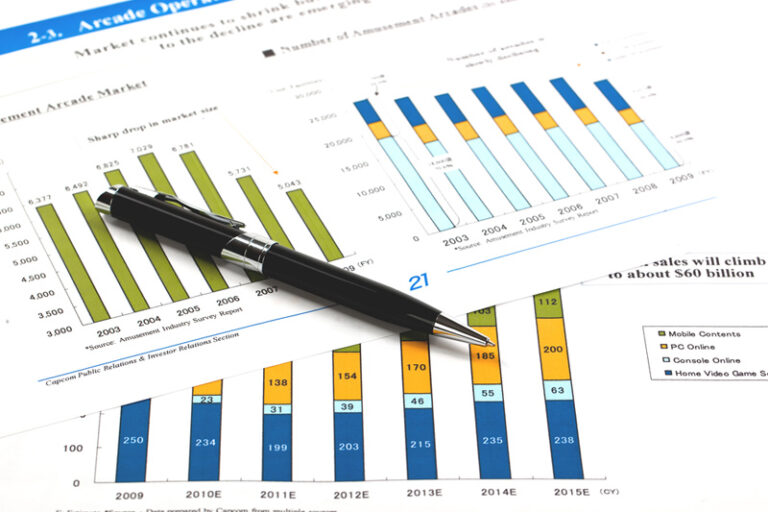
U.S. Dollar Faces Challenge as Market Awaits Post-Thanksgiving Activities
As the last week of November commenced, the U.S. dollar found itself at a disadvantage, with the potential for its most significant monthly decline in a year. Traders are closely monitoring upcoming economic indicators to gauge the future course of policy rates.
Notable events on the horizon include a postponed OPEC+ meeting, the release of the Federal Reserve’s tracked measure of inflation, consumer prices data in the euro zone and Australia, a rate decision from the Reserve Bank of New Zealand, and Chinese PMI data.
The U.S. dollar index, which measures the currency against six major peers, slid as much as 0.2% to 103.22, on track for a monthly loss of over 3%, marking its weakest performance in a year.
“Expectations are that U.S. rates have peaked, which suggests it’s time to get out of the dollar,” remarked Colin Asher, senior economist at Mizuho Bank. “U.S. equities have now completed four weeks in a row of gains, and that’s also weighing on safe-haven demand for the dollar,” he added.
Traders, emerging from the Thanksgiving lull, are closely watching for a potential peak in U.S. rates and pondering the timing of the first rate cuts. This week’s release of U.S. core PCE prices is expected to provide further insights into the Fed’s next steps.
“Insofar as CPI inflation rates across much of the G10 are still above central bank targets, there is a strong incentive for policymakers to support the ‘higher for longer’ theme since higher market rates will help in the battle against inflation,” explained Jane Foley, senior FX strategist at Rabobank. “Investors, however, are looking through this policy and appear increasingly preoccupied about betting on the timing and pace of rate cuts next year.”
Market pricing shows a roughly 23% chance that the Fed may begin easing monetary policy as early as March, according to the CME FedWatch tool.
Elsewhere, the British pound advanced against the weaker dollar to a more than two-month high of $1.2627, extending its gains from last week following data showing that British companies unexpectedly reported a marginal return to growth in November after three months of contraction.
“The most recent PMI data were good in the UK, implying that things are not as quite bleak as they seemed,” noted Mizuho’s Asher.
The pound was on track for a roughly 3.8% gain for the month, its largest monthly gain since a more than 5% rise in November last year.
The dollar declined 0.2% to 149.08 yen, while the euro gained 0.1% to $1.0941.
The Australian dollar climbed to a more than three-month high of $0.66, while the kiwi edged 0.1% higher to $0.6091 before the RBNZ interest rate decision on Wednesday, where the central bank is seen keeping rates unchanged at 5.5%, as they have been since the last adjustment in May.
In China, the yuan slipped after the official midpoint snapped five straight sessions of strengthening, with the rate last at 7.1518 per dollar. Its offshore counterpart fell 0.1% to 7.1579 per dollar. Prior to market opening, the People’s Bank of China set the midpoint rate, around which the yuan is allowed to trade in a 2% band, at 7.1159 per dollar, 8 pips weaker than the previous fix of 7.1151.